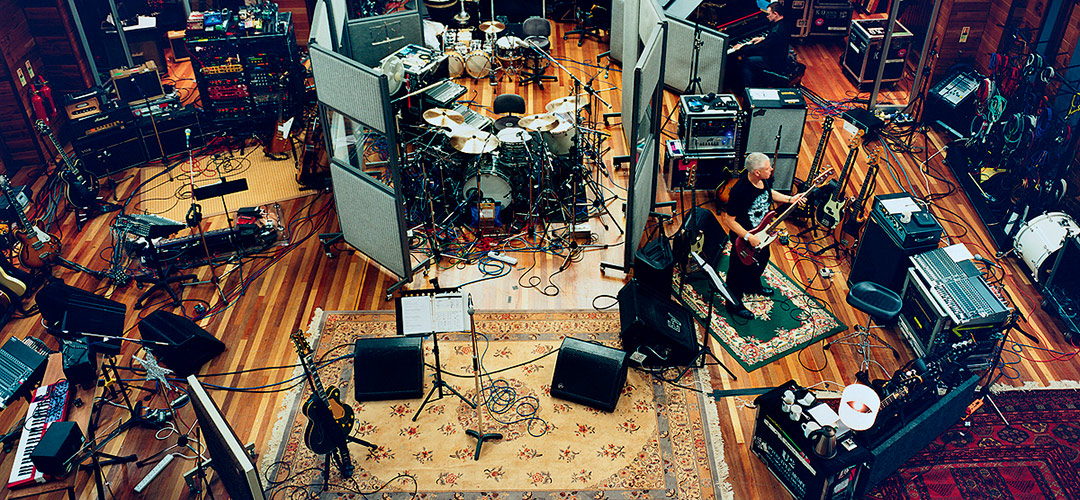EARLY DAYS AS A CINEMA
The building began life as Byfeld Hall, opening its doors on December 20th 1906. It was built as an entertainment centre for the local community. Although the bioscope, an early form of cinema was one of the first of its attractions - early audiences were treated to footage of King Edward VII’s funeral - the hall was used for a variety of entertainment activities.
The Barnes Official Guide of the time carried an advertisement, announcing that:
"This Hall has a seating accommodation of 500, is equipped with a large stage and properties, allowing for the production of plays of modern requirements. For dancing the floor is second to none, accommodating 150 dancers with comfort. Both halls are heated throughout, and lighted by electricity, and are up to date in every detail."
In 1910 the building was renamed as Barnes Cinema on receipt of its first cinematograph licence; with the first week’s programme including "The Lady of the Lake" and "The Charge of the Light Brigade", both of which were screened to full houses. The Barnes Cinema gave way to the new Byfeld Hall Cinema, which was extensively refurbished after the First World War and in October 1919 boasted a tea lounge and a ’high-class orchestra’. Seats in the new grand balcony were 2s. 4d.. Within a month, the name was altered to The Picture House (whose name can still be seen on the Eastern side of the building) and by 1922 it became the Barnes Picture House.

THE WEST END COMES TO BARNES
During the mid 1920s, a young theatrical producer, Philip Ridgeway, acquired the lease to create Barnes Theatre. Despite being relatively short-lived, his venture was incredibly successful; his production of Thomas Hardy’s "Tess of the D’Urbervilles", starring the young Gwen Ffrangçon-Davies, saw hundreds of people unable to get seats and the national press announcing that all the celebrities of the time were in attendance and that noted lords and ladies were turned away from the packed house. Ridgeway continued to bring the West End to Barnes, presenting a range of plays including a notable watershed production of Chekhov plays directed by Theodore Komisarjevsky, whose casts included the emerging talents of 22 year-old John Gielgud, Jean Forbes-Robertson, 19 year-old Robert Newton and Charles Laughton, making his professional debut with Claude Rains in Gogol’s "The Government Inspector".
The building reopened as a cinema again under the name of The Ranelagh in January 1930, billing itself as "the latest atmospheric cinema". The Ranelagh continued as one of the district’s most comfortable and intimate cinemas until March 1940 when the war forced its closure. But on November 15th 1943 it reopened once again, as The Plaza, with Betty Grable and Cesar Romero starring in "Coney Island". A fire in the projection room caused The Plaza to close for a few months in 1951, and its reopening saw another new name - The New Vandyke.

RECORDING STUDIO
After a few years as a studio for television commercials, in 1966 it was converted to the Olympic Sound Studios, with room enough to house a 70-piece orchestra. The Rolling Stones were among its first clients, recording six consecutive albums between 1966 and 1972. The Beatles worked at the studio to record the original tracks of All You Need Is Love and Baby, You’re A Rich Man. The Who recorded their classic albums "Who’s Next" and "Who Are You". It was also where Led Zeppelin recorded their debut in October 1968, prompting engineer and mixer Glyn Johns to call the album "a milestone… one of the best rock’n’roll albums ever made, and I’m just grateful that I was there".
Queen used the studio for their groundbreaking album "A Night At The Opera" and the studio saw the production of many other landmark albums and singles by artists such.
as The Small Faces, The Jimi Hendrix Experience and Procol Harum, who recorded A Whiter Shade Of Pale here.
The studio also recorded and produced film music for "The Italian Job" (1969), the film version of "Jesus Christ Superstar" (1973) and "The Rocky Horror Picture Show" was recorded in Studio Two in 1975. Over the next 30 years, artists who recorded at 117-123 Church Road included B.B. King, David Bowie, The Jam, Pink Floyd, Duran Duran, Oasis, Barbra Streisand, Nick Cave, Madonna, Prince and The Spice Girls.
The Olympic was acquired by Richard Branson’s Virgin company in 1987, subsequently becoming part of EMI’s portfolio when the major label acquired Virgin in 1992. U2 were the final act to record on the site in December 2009 with their album "No Line On The Horizon".
BACK TO A CINEMA
We went to Norway to find the comfiest reclining seats and then wrapped them in snuggly wool felt; we sourced bespoke individual brass tables, custom-made to hold a bottle of wine or a cup of coffee and a bag of our delicious popcorn or sweets. We carpeted the whole place in luxurious wall-to-wall carpet and tried on every available pair of 3D glasses to find the perfect fit. We added love seats, and sofas at the back for those wanting to cuddle up and footstools along our front rows to really kick back and relax.
Before all of the above, however, we spent years ensuring that the Cinema has a clarity and quality of sound in the main auditorium befitting a space with such an incredible recording history. With award-winning speakers including the revolutionary, jaw-dropping Dolby Atmos 3D sound system, which, say Dolby: ’Reproduces a natural and lifelike audio experience that perfectly matches the story; adds overhead speakers for the most realistic effects you’ve ever heard and reflects the artist’s original intent, regardless of theatre setup, employing 64 speakers to heighten the realism and impact of every scene.’




